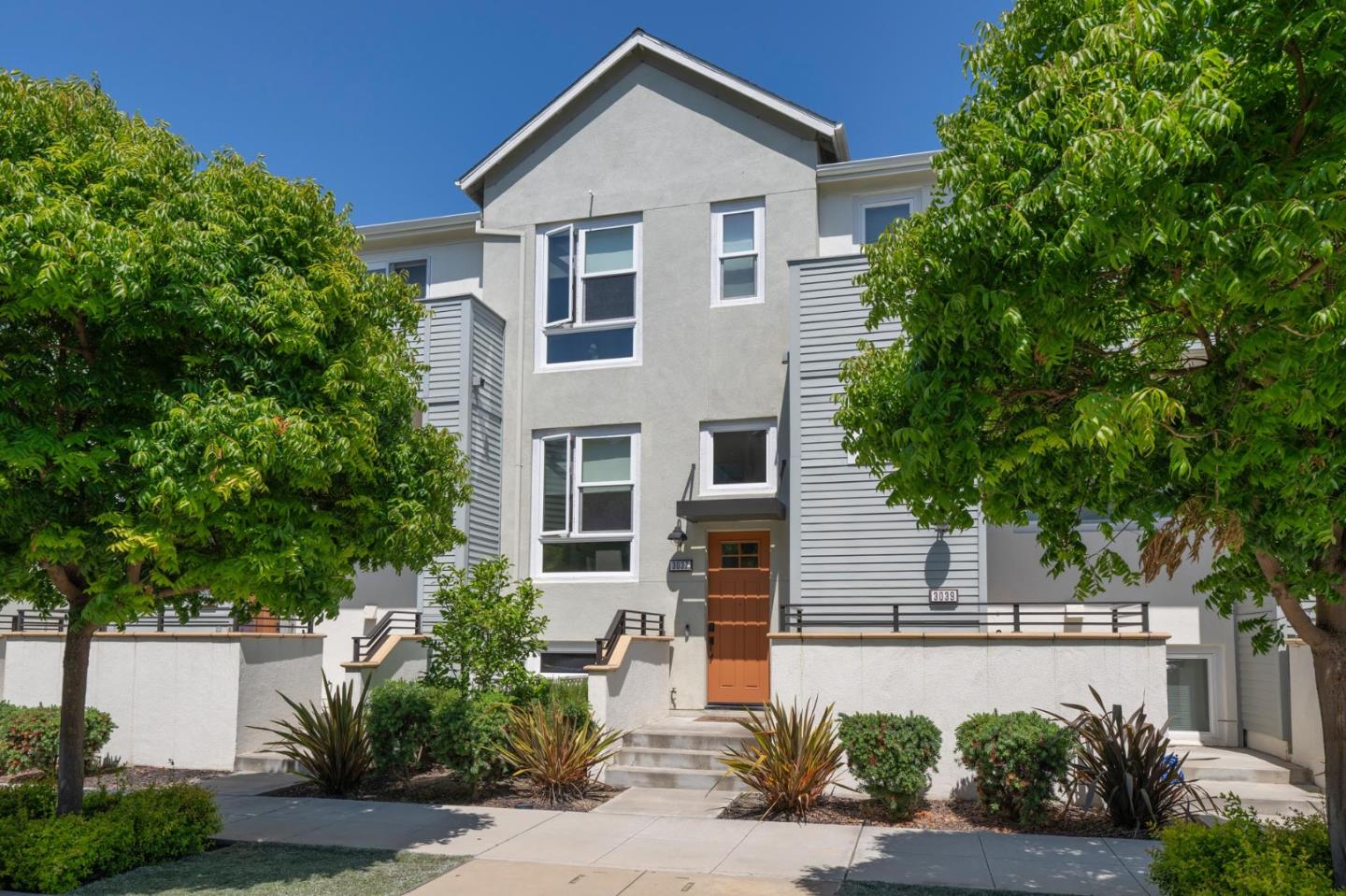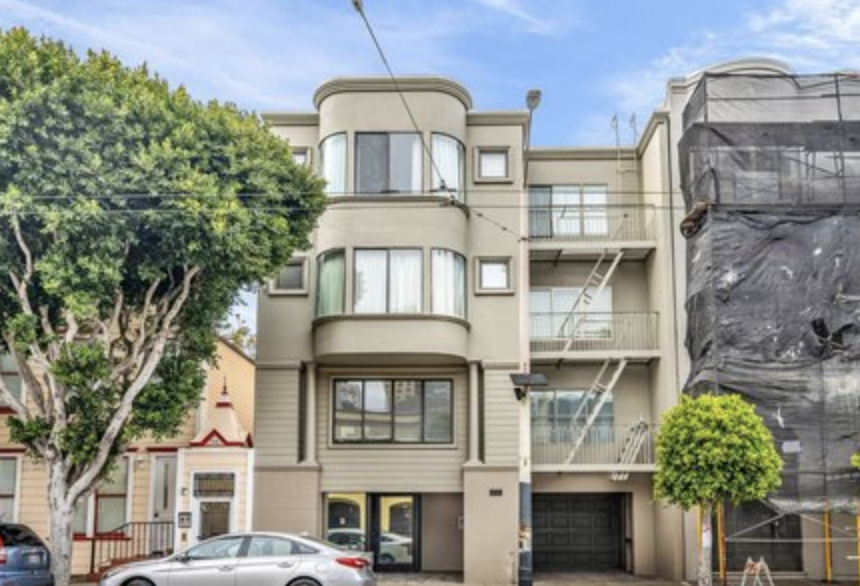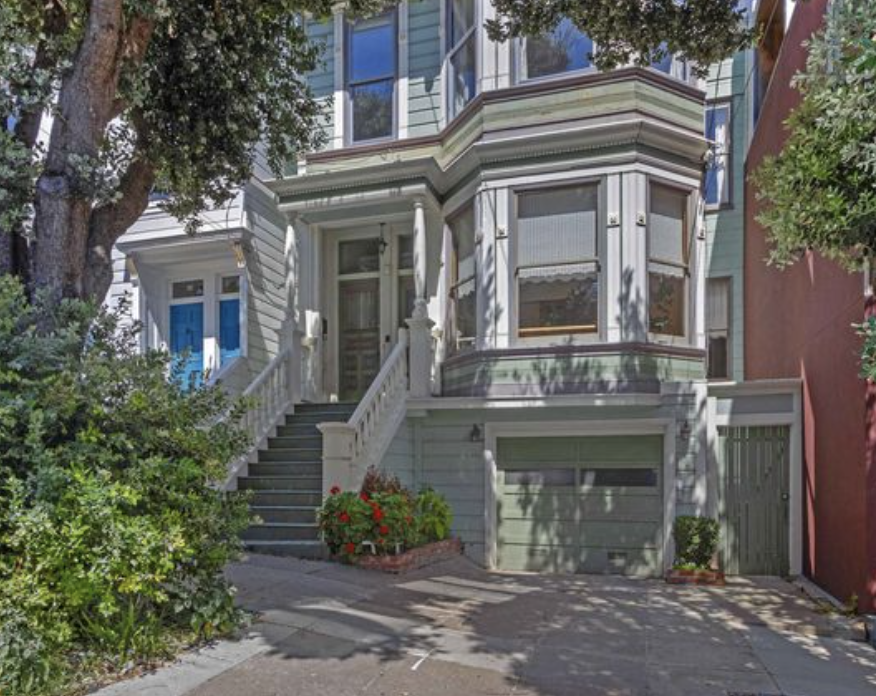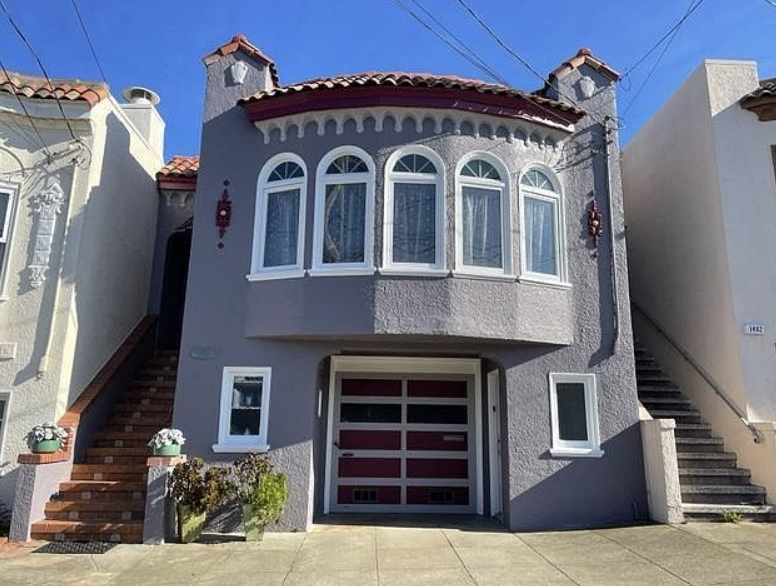
Learn why Bay Area landlords should use a 1031 exchange in 2025 to swap low-yield rentals for commercial properties with 6-8% cap rates and less management time
Are you a Bay Area landlord struggling with low cap rates, tenant turnover, and time-intensive management of your single-family rental?
With median home prices in San Francisco ($1.5M), San Mateo ($1.6M), Santa Clara ($1.3M), Alameda ($1.3M), and Contra Costa ($810,000) yielding cap rates of just 2.1%–4.0%, and tenant-friendly laws capping rent increases, residential investments are losing appeal.
Meanwhile, the commercial real estate market in 2025 offers higher yields, faster appreciation, and reduced management demands—especially in trending asset types like light industrial, retail, and flexible office spaces. By using a 1031 exchange to transition from residential to commercial properties in high-growth California markets like Sacramento, Fresno, or the Inland Empire, Bay Area investors can unlock superior returns and simplify their portfolios.
Here’s why making the switch in 2025 is a smart move, backed by data and tailored for San Francisco, San Mateo, Santa Clara, Alameda, and Contra Costa counties.
The Bay Area Residential Struggle:
Low Yields, High HassleOwning a single-family rental in the Bay Area is increasingly challenging for small investors.
Let’s examine the data:
- Low Cap Rates: Cap rates for single-family homes range from 2.1%–4.0% across Bay Area counties:
- San Francisco: 2.2%–2.6% (some sources report averages below 2%)
- San Mateo: 2.2%–2.7%
- Santa Clara (San Jose): 2.2%–2.8%
- Alameda (Oakland): 2.1%–2.7%
- Contra Costa (Walnut Creek): 3.1%–4.0%
A $1.5M San Francisco home generates just $32,400–$39,600 in net operating income (NOI) annually, far below alternative investments like stocks (7–10% historical returns) or 10-year Treasury bonds (~3% in 2021).
- Tenant-Favoring Laws: California’s Tenant Protection Act of 2019 caps rent increases at 5% plus inflation (max 10%), limiting your ability to offset rising expenses like property taxes ($9,700–$19,200/year) or maintenance. Evictions require just cause, and tenant buyouts to facilitate sales can cost $20,000–$50,000 in San Francisco, eroding profits.
- Management Demands: With tenants turning over every 20 months, you’re spending 430–860 hours over 10 years (4–7 hours/month) on tasks like tenant screening, repairs, and compliance. This time burden is significant for small investors juggling other responsibilities.
- Market Risks: Forecasts suggest a 1.8% price drop in the San Francisco metro area by November 2025, with San Jose prices remaining flat. High mortgage rates (6–7%) and increasing inventory (2.7 months in June 2025, up from 2.0 months) could further soften prices. If your total return (cap rate plus ~3% appreciation) falls below 5–7%, your capital—often $569,000–$1.12M in equity—is underperforming.
These challenges make residential rentals a tough sell for Bay Area investors seeking strong returns and passive income.
Why Commercial Real Estate in 2025 Is the Smarter Investment
Using a 1031 exchange to trade your Bay Area residential property for a commercial asset in high-growth California markets offers three key advantages: higher yields, faster appreciation, and lower management demands. Let’s explore trending commercial asset types—light industrial, retail, and flexible office spaces—and the data supporting this shift.
1. Higher Cap Rates for Better Yields
Commercial properties consistently outperform residential rentals in cap rates, especially in markets like Sacramento, Fresno, and the Inland Empire. In 2024, commercial cap rates stabilized, with forecasts for 2025 showing strong returns:
- Light Industrial: 6–8% cap rates in logistics hubs like the Inland Empire and Central Valley, driven by e-commerce demand.
- Retail: 6.5–7.5% cap rates, with low vacancy rates indicating strong tenant demand.
- Flexible Office: 6–7% cap rates in markets adapting to hybrid work, with rising demand for co-working spaces.
Compare this to a San Francisco single-family home with a 2.5% cap rate ($37,500 NOI on a $1.5M property). Exchanging into a $1.5M light industrial property in Fresno with a 7% cap rate yields $105,000 annually—nearly tripling your cash flow. Even Class C multifamily properties in California offer 5–6% cap rates, a significant improvement over single-family homes.
2. Faster Appreciation in Emerging Markets
While Bay Area residential properties have historically appreciated (~7% annually from 2012–2022), forecasts for 2025 suggest stagnation or declines (e.g., 1.8% drop in San Francisco).
Commercial properties in emerging California markets, however, are poised for stronger growth:
- Sacramento: Population growth and affordability drive commercial appreciation, with industrial lease rates projected to rise 3.8% annually in 2025. Areas like Natomas and Rancho Cordova are seeing increased investment due to job growth.
- Inland Empire (Riverside/San Bernardino): Industrial properties benefit from e-commerce giants building distribution centers, with property values growing 48% faster than coastal regions.
- Fresno: Lower entry costs ($800K–$1.5M) and available land make it a hotspot for industrial and retail development, with appreciation outpacing Bay Area residential markets.
For example, a $1.3M Santa Clara rental with $912,000 in equity and 2.8% cap rate could be exchanged for a $1.3M industrial property in the Inland Empire with a 7% cap rate and stronger appreciation potential, leveraging population and job growth to boost long-term value.
3. Lower Management Demands with Longer Leases
Residential rentals require constant oversight—tenant screening, repairs, and compliance with strict regulations. Commercial properties, particularly light industrial, offer significant relief:
- Longer Leases: Commercial leases typically span 5–10 years, compared to 20-month residential turnovers. Light industrial tenants, like logistics or manufacturing firms, sign long-term leases, reducing vacancy costs and turnover hassles.
- Tenant Responsibility: In triple-net (NNN) leases, common in industrial and retail properties, tenants cover maintenance, taxes, and insurance, slashing your management time to under 2 hours/month compared to 4–7 hours for residential.
- Business Partnerships: Commercial tenants, especially in light industrial spaces, act as partners, maintaining properties to support their operations (e.g., warehouses for e-commerce). This contrasts with residential tenants, who often require hands-on management.
Light industrial properties are particularly low-maintenance due to their simple design (e.g., concrete floors, high ceilings) and high-demand tenants like e-commerce firms, driven by California’s role in global shipping. Retail properties are also trending, with experiential shopping spaces in Sacramento and Fresno attracting stable tenants.
Case Study: From Alameda to Sacramento
Consider Mark, an Alameda landlord with a $1.3M single-family home purchased in 2015 for $620,000. With $912,000 in equity and a 2.7% cap rate ($34,600 NOI), he spends 4–7 hours/month managing tenants and faces a $30,000 buyout to sell. Frustrated by low yields and rent control, Mark uses a 1031 exchange to sell and reinvest in a $1.3M light industrial warehouse in Sacramento. The new property offers:
- 7% Cap Rate: $91,000 annual NOI, nearly tripling his cash flow.
- Appreciation: Sacramento’s 3.8% annual lease rate growth and population influx suggest stronger value gains than Alameda’s flat 2025 forecast.
- Minimal Management: A 7-year NNN lease with a logistics tenant reduces his workload to ~1 hour/month, with the tenant handling maintenance.
Mark defers ~$200,000 in capital gains taxes, boosts his returns, and frees up time, all while positioning his portfolio for growth in a thriving market.
Why 2025 Is the Year to Act
The commercial real estate outlook for 2025 supports this shift:
- Stabilizing Cap Rates: Cap rate expansion has stalled, with industrial and retail properties offering attractive yields. Anticipated interest rate cuts in 2025 could lower borrowing costs, enhancing returns.
- E-Commerce and Logistics Boom: Industrial demand in the Inland Empire, Central Valley, and Bay Area is surging, with lease rates up 3.8% annually. This trend favors light industrial investments.
- Retail Resilience: Retail vacancy rates are low, with experiential spaces in high demand, making retail a stable choice.
- Bay Area Market Cooling: With residential price declines projected (1.8% in San Francisco) and inventory rising (2.7 months), selling now maximizes your equity.
How to Execute a 1031 Exchange
- Evaluate Your Property: Work with Tim to assess your cap rate and equity. If returns are below 5–7%, consider selling.
- Get Referred To A Qualified Intermediary: Ensure tax deferral by partnering with a 1031 exchange expert
- Target Trending Assets: Focus on light industrial or retail in Sacramento, Fresno, or the Inland Empire for 6–8% cap rates and strong appreciation.
- Act Quickly: Identify replacement properties within 45 days and close within 180 days to comply with IRS rules.
Take the Next Step
If your Bay Area rental is yielding under 4%, tying up significant capital in equity, and demanding hours of management, 2025 is the year to cash out. A 1031 exchange into light industrial or retail properties in high-growth markets like Sacramento or the Inland Empire offers higher yields (6–8%), faster appreciation, and minimal management.
As a Bay Area investment property specialist, I can help you analyze your portfolio and identify high-return commercial opportunities.
Contact me for a free “Investment Property Health Check” to start your journey to smarter investing in 2025.
.png)



















